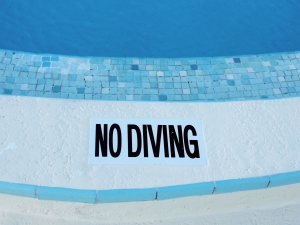 Fun in the sun is even better when you have a swimming pool in your backyard to stay cool on hot, summer days. Despite all the entertainment that a swimming pool offers, there are also homeowner liabilities. To help you minimize your risk, we’ve gathered some safety tips to keep you in the know as you swim.
Fun in the sun is even better when you have a swimming pool in your backyard to stay cool on hot, summer days. Despite all the entertainment that a swimming pool offers, there are also homeowner liabilities. To help you minimize your risk, we’ve gathered some safety tips to keep you in the know as you swim.
Sink Swimming Pool Dangers
To Minimize Drowning Risks:
- Install safety fences around the pool with a locked latch and place a cover over the pool when you are not using it. This should deter unwelcome guests from entering your property and trying to swim.
- Always supervise welcome swimmers at all times.
- Do not allow swimmers to dive in shallow water.
- Keep lifesaving equipment near the pool and learn how to properly use it.
- Do not allow swimmers to horseplay in the pool.
As the homeowner, you are liable for the safety of all swimmers. To ensure that you can adequately protect people on your property, consider taking lifeguarding, CPR and first aid courses so you know what to do in an emergency.
To Minimize Disease Risks:
- Keep the pool water properly filtered and chemically treated.
- Do not allow swimmers with open wounds or illnesses to go in the water.
- Do not allow babies to swim unless they are wearing swim diapers. Regular diapers do not provide protection in water and will not protect against accidents.
- Keep pets out of the pool.
- Before going in the pool, make all swimmers take a shower.
- Do not allow swimmers to drink pool water.
To Minimize Chemical Risks:
- Avoid over-shocking the pool; keep chemicals at the proper levels.
- Follow manufacturer’s instructions carefully when adding chemicals to the pool or filtration system.
- Keep pool chemicals stored and locked away, so they are out of children’s reach and those who may try and enter your property to use the pool without your permission.
- Store chemicals in a cool, dry place where they are away from fire hazards and lawn care products.
Helping you to avoid claims is just one of the many value-added services we provide. Call us today to learn more about all of our personal risk management solutions for your auto, home and life.
 Some Ideas to Get You Started
Some Ideas to Get You Started


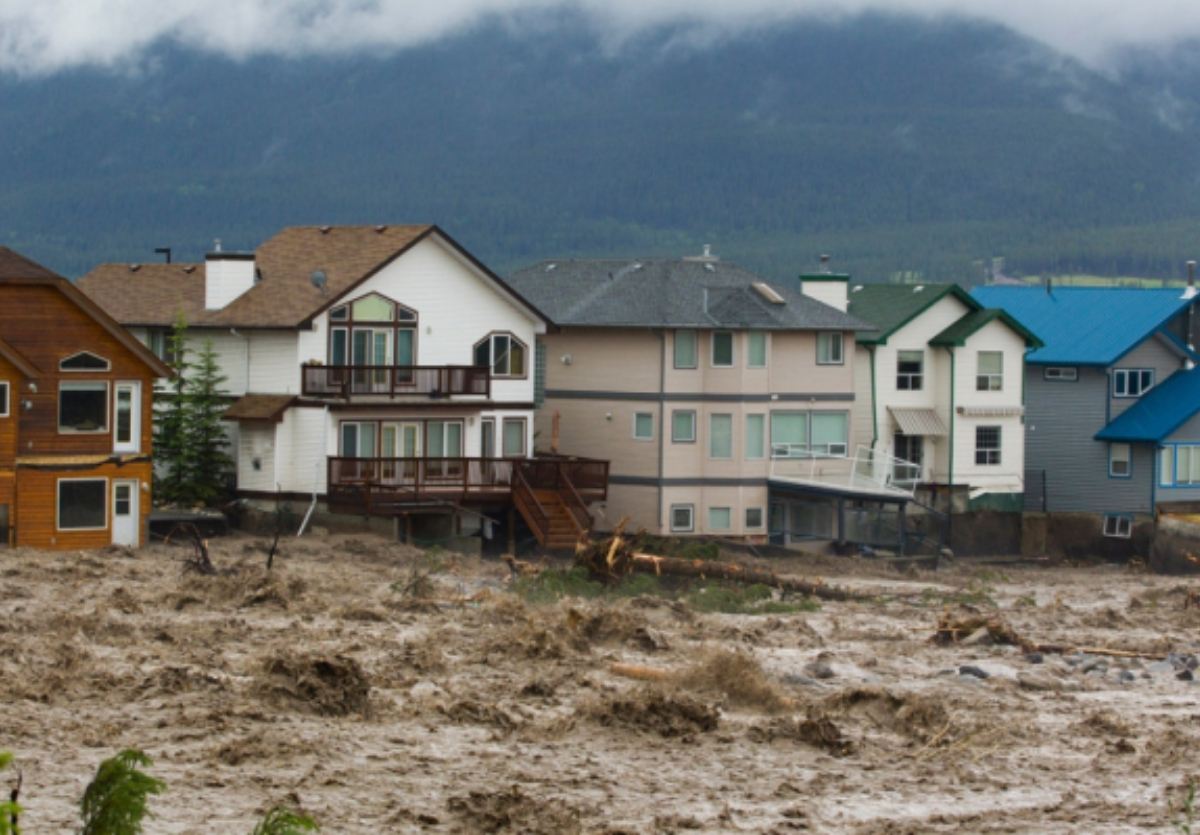
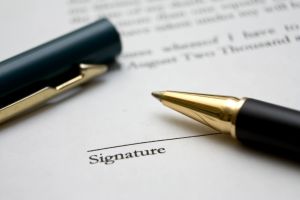
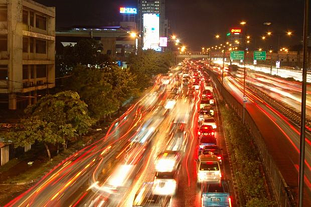 With statistics like the ones below, letting your teen take the wheel for the first time can be a scary experience for parents. It's important to ensure that your son or daughter is given the tools to keep them as safe as possible on the road.
With statistics like the ones below, letting your teen take the wheel for the first time can be a scary experience for parents. It's important to ensure that your son or daughter is given the tools to keep them as safe as possible on the road.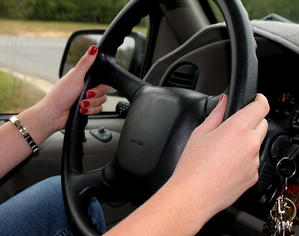 Providing
Providing 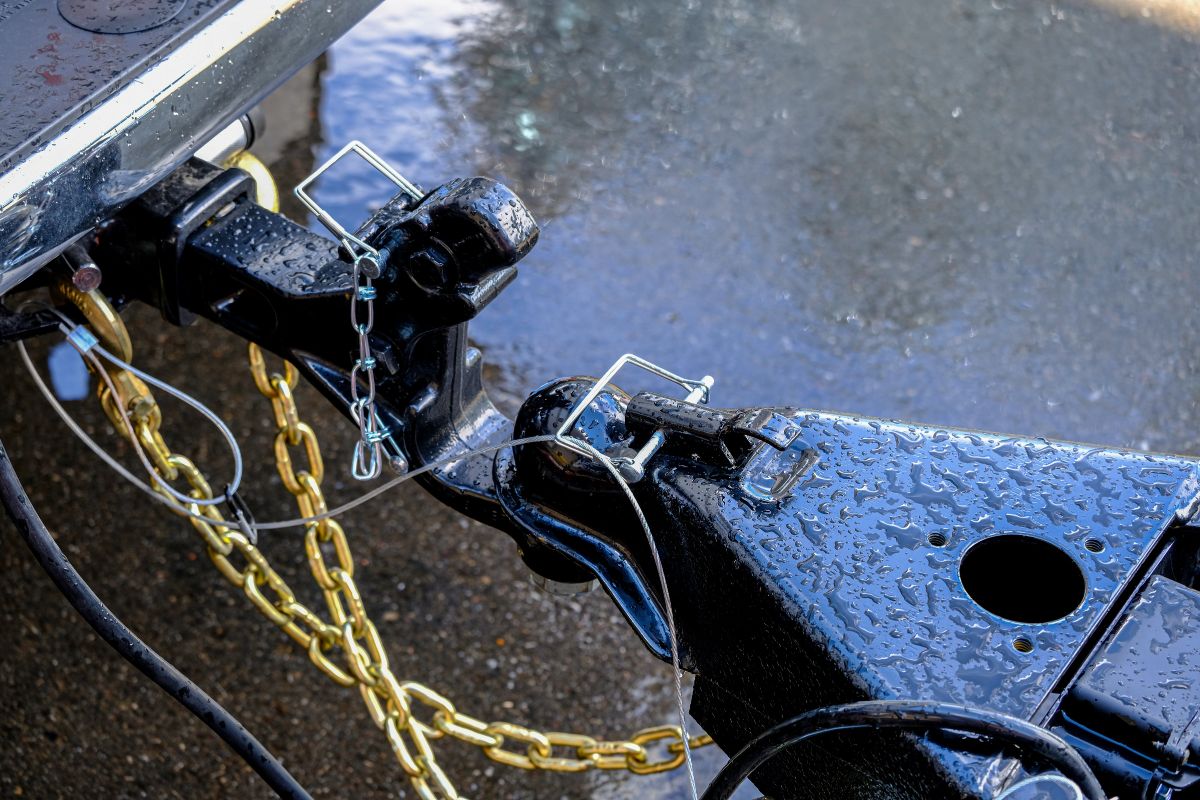
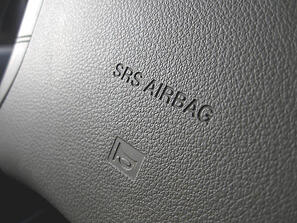 According to GM Canada, an airbag propels out of a dashboard at up to 320 kilometres per hour – faster than the blink of an eye. Though they are designed to absorb the impact of a crash for adult motor vehicle passengers and drivers, children can suffer major injuries from an air bag.
According to GM Canada, an airbag propels out of a dashboard at up to 320 kilometres per hour – faster than the blink of an eye. Though they are designed to absorb the impact of a crash for adult motor vehicle passengers and drivers, children can suffer major injuries from an air bag.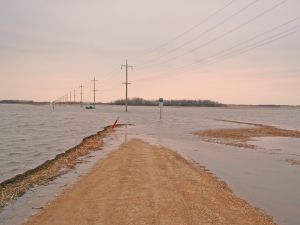 After a disaster strikes, returning to your home can be an emotional experience. Unfortunately, if you’re not careful, it can also be a dangerous one. The disaster may have caused damages to your home that now present a safety hazard to you and your family. It is important that you properly inspect your home for potential hazards before you resume your life there.
After a disaster strikes, returning to your home can be an emotional experience. Unfortunately, if you’re not careful, it can also be a dangerous one. The disaster may have caused damages to your home that now present a safety hazard to you and your family. It is important that you properly inspect your home for potential hazards before you resume your life there. Fun in the sun is even better when you have a swimming pool in your backyard to stay cool on hot, summer days. Despite all the entertainment that a swimming pool offers, there are also homeowner liabilities. To help you minimize your risk, we’ve gathered some safety tips to keep you in the know as you swim.
Fun in the sun is even better when you have a swimming pool in your backyard to stay cool on hot, summer days. Despite all the entertainment that a swimming pool offers, there are also homeowner liabilities. To help you minimize your risk, we’ve gathered some safety tips to keep you in the know as you swim.